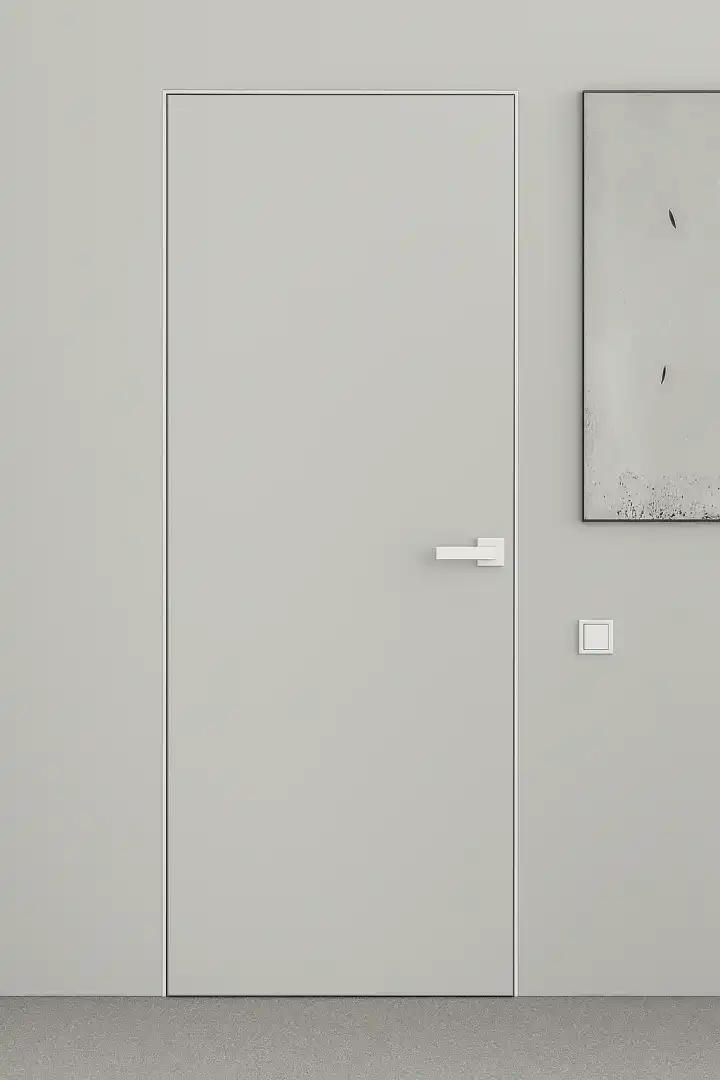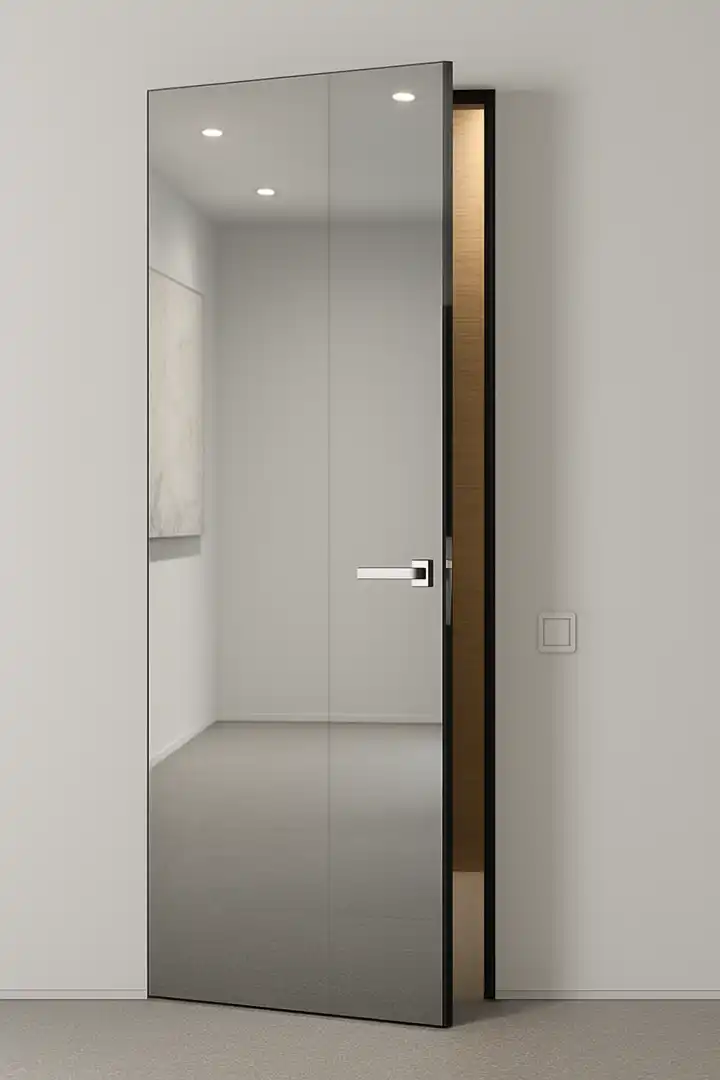Hidden door with installation Tbilisi
Hidden Doors in Architecture: Examples of Implementation and Leading Companies
Hidden doors with installation Tbilisi are becoming increasingly popular in modern architecture. This trend is largely due to their ability to create clean visual lines and support minimalist interiors.
These doors, often called “invisible,” are integrated directly into walls. They are designed so precisely that they are almost impossible to detect at first glance.
Let’s explore how invisible doors are being used in modern architectural projects and discover which companies are leading in their development and delivery.
CASE STUDY IN SPECIFIC BUILDINGS
The Shard, London
One of the most impressive examples of hidden doors can be found in The Shard skyscraper in London. This landmark building was designed by the renowned architect Renzo Piano.
In this structure, hidden doors are used to access technical rooms and private office spaces. These doors integrate seamlessly with the overall interior design. They support a sleek, minimalist aesthetic without disrupting the architectural concept.
One Hyde Park, London
In One Hyde Park, one of the world’s most prestigious residential complexes, hidden doors play a central role in interior design.
They are used to maintain a high level of elegance and modern sophistication. Designers incorporated doors that merge with the wall cladding. This solution creates a flawless aesthetic while enhancing the overall sense of openness and luxury.
Apple Park, Cupertino
At Apple’s global headquarters — Apple Park — hidden doors reflect the company’s devotion to clean, modern design.
These doors are embedded in walls made of natural wood and glass. Their minimalist integration helps maintain uninterrupted lines. This approach also supports the brand’s philosophy of simplicity and innovation.
TECHNOLOGY AND MATERIALS
Invisible doors with installation Tbilisi
Modern technology and advanced materials are essential in the creation of high-quality hidden doors.
Manufacturers commonly use lightweight yet highly durable materials. These include aluminum and composite panels. Such materials ensure both the structural integrity and long-term stability of the door systems.
For surface finishing and cladding, a wide range of options is available. These include natural wood, tempered glass, and premium laminates. As a result, hidden doors can be integrated into virtually any interior style, from ultra-modern to classic.
Invisible doors are typically fitted with innovative mechanisms. These include magnetic locks and concealed hinges, which ensure silent and smooth operation.
Increasingly, automated systems are being introduced. These can be controlled by smartphones or voice assistants, making them ideal for integration into smart homes and next-generation office environments.
Hidden door with aluminum chrome
CONCLUSION
Invisible doors with Tbilisi installation are now a key component of contemporary architectural design. They allow architects and interior designers to achieve minimalist, functional, and elegant environments.
Leading companies in this field — such as Eclisse, Linvisibile, and Portapivot — offer cutting-edge solutions. Their products are known for combining modern aesthetics with exceptional durability and user comfort.
Hidden doors not only enhance the visual appeal of spaces. They also improve functionality, comfort, and integration, making them a perfect fit for today’s dynamic and design-conscious lifestyles.




